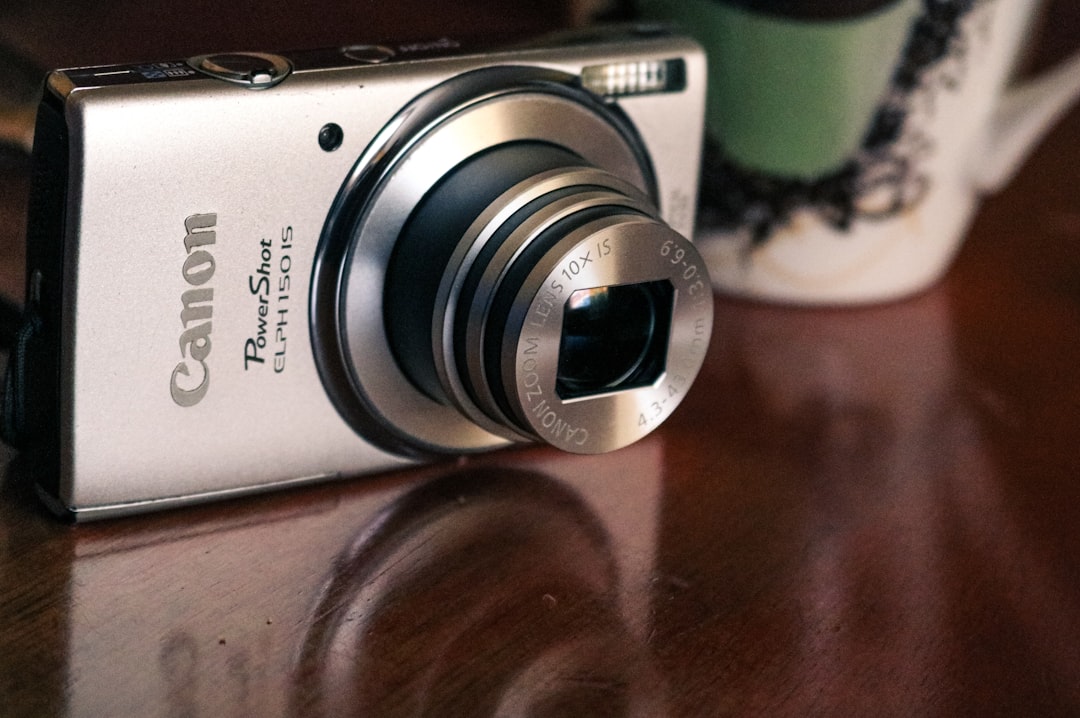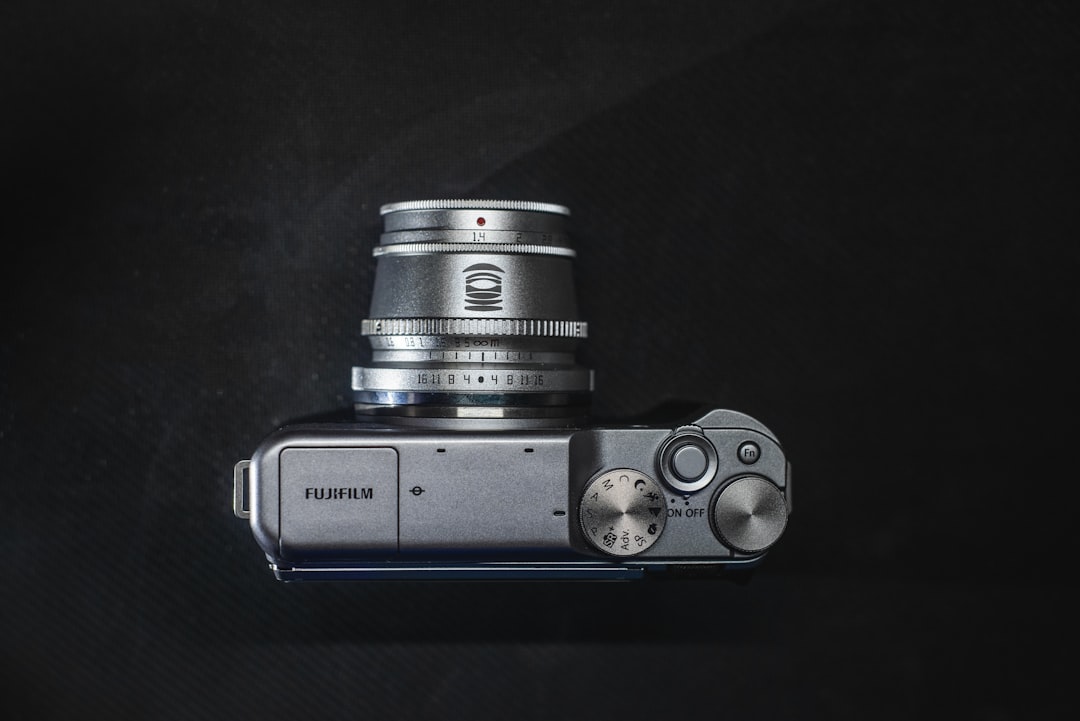Choosing between the Samsung Galaxy A35 5G and the Samsung Galaxy S23 can be quite a task, especially with both devices offering impressive features at different price points. Whether you’re an avid smartphone user seeking top-tier performance or someone looking for a balance between price and functionality, understanding the key differences can help you make an informed decision. In this article, we’ll dissect both phones based on key aspects like design, performance, camera quality, battery life, and price-to-value ratio.
Design and Build Quality
The first obvious difference when holding the Galaxy A35 5G and the Galaxy S23 lies in their design and build.
- Galaxy A35 5G: Comes with a sleek plastic frame and back, which surprisingly feels quite premium for its category. Samsung has made significant improvements in the tactile feel, and while it’s not glass or metal, it’s far from cheap-feeling. It has a 6.6-inch Super AMOLED display with a 120Hz refresh rate.
- Galaxy S23: Features a premium glass and aluminum build, offering a more compact 6.1-inch Dynamic AMOLED 2X display. The form factor is ideal for one-handed use, and it exudes flagship-level quality. Also, it’s protected with Gorilla Glass Victus 2 on both the front and back, making it considerably more robust.
In terms of aesthetics and build, the Galaxy S23 definitely feels more expensive—as it should. But the Galaxy A35 5G still provides solid value with a display that rivals even higher-end devices in terms of smoothness and brightness.

Performance and Processing Power
If you’re someone who relies on your phone for heavy multitasking, gaming, or video editing, the internal specs matter a lot.
- Galaxy A35 5G: Packed with Samsung’s Exynos 1380 processor, which is a good mid-range processor capable of handling daily tasks, casual gaming, and media sessions without lags. Paired with 6GB or 8GB of RAM, this phone is well-equipped for the average user.
- Galaxy S23: Houses the Snapdragon 8 Gen 2 for Galaxy—a customized, high-performance processor exclusive to Samsung’s 2023 flagships. This chip delivers lightning-fast responses and is built to handle anything from AAA mobile gaming to intensive productivity apps. The base model comes with 8GB RAM, and thanks to UFS 4.0 storage, you get faster read/write speeds as well.
It’s no surprise that the S23 leads in performance by a wide margin. Power users and gamers will find the Galaxy S23 to be worth the extra bucks for its sheer capability.
Camera Comparison
Smartphone cameras have become a make-or-break feature for many, and Samsung has been known to pack capable cameras in both its budget and flagship ranges.
- Galaxy A35 5G: Sports a triple-camera setup—50MP main sensor, 8MP ultra-wide, and 5MP macro. It does a great job in daylight conditions and even handles low light decently thanks to Samsung’s improved image processing algorithms. Video capability maxes out at 4K 30fps.
- Galaxy S23: Offers a more refined triple-camera system with a 50MP main, 12MP ultra-wide, and 10MP telephoto with 3x optical zoom. Low-light photography is excellent, and you get more control over features like HDR, manual mode, and Pro Video mode. The front camera is also sharper with improved autofocus and 4K video support.
While the A35 is quite competent for its segment, the S23 is tailored for photography enthusiasts who want superior image quality and versatility all day and night.
Image not found in postmeta
Battery Life and Charging
When it comes to staying power, both devices bring something to the table, although with slightly different approaches.
- Galaxy A35 5G: Equipped with a 5,000mAh battery and supports 25W fast charging. This ensures more than a full day of moderate to heavy use, making it a dependable daily driver.
- Galaxy S23: Has a somewhat smaller 3,900mAh battery but is more power-efficient thanks to the Snapdragon processor and advanced battery optimization. It also supports 25W fast charging and 15W wireless charging—something the A35 lacks.
If battery endurance is your top priority, the A35 5G slightly edges out. However, the S23 compensates with wireless charging and better software optimizations for efficient power use.
Software and Longevity
Samsung has been improving its software update policies across the board, and both models benefit from this commitment.
- Galaxy A35 5G: Runs One UI 6 based on Android 14 out of the box and promises up to 4 years of major Android updates and 5 years of security patches.
- Galaxy S23: Also launched with Android 13 but upgraded to Android 14. It receives the same update schedule, meaning it’s equally future-proof, if not slightly ahead due to earlier access to beta features.
Both phones are set for long-term software support, which brings some parity to this comparison. However, the S23’s flagship processor might handle future updates more gracefully.
Who Should Choose What?
Now that we’ve delved deep into the core differences, here’s a simplified breakdown to help you decide which phone might be best for you:
- Pick the Galaxy A35 5G if you:
- Are on a tighter budget but want solid performance.
- Need a larger screen for media or reading.
- Prefer longer screen time between charges.
- Are not overly concerned with camera versatility or wireless charging.
- Pick the Galaxy S23 if you:
- Desire top-tier performance and gaming capability.
- Value a compact, premium-feeling device.
- Want the best camera features available in a compact form.
- Require wireless charging and more robust build quality.

Final Verdict
At the end of the day, both the Galaxy A35 5G and the Galaxy S23 serve distinct audiences. The A35 5G punches above its weight and is one of the most capable mid-range smartphones Samsung has released. It’s perfect for the budget-conscious user who still wants an enjoyable smartphone experience.
On the other hand, the Galaxy S23 is the quintessential flagship smartphone—compact, powerful, and loaded with features. For those who prioritize build, performance, and camera quality, the extra cost is more of an investment than an expense.
So, the choice really comes down to your personal priorities and budget. Either way, with Samsung’s recent track record for quality devices and long-term support, you’re unlikely to regret your decision with either model.
